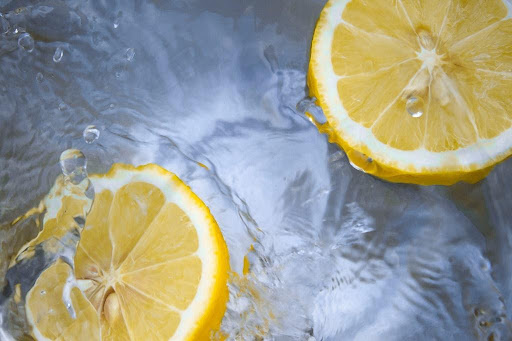Production and Treatment of Waste Water in Reverse Osmosis Systems

Production and Treatment of Waste Water in Reverse Osmosis Systems
If you’re looking for a way to get the most out of your water, then forget about buying bottled or canned drinks. The next time that large container gets thrown away after using it all up in the sink – consider throwing away its filters too! For those who are interested know how these systems work-here is an article explaining what happens during filtration with RO units: How Does A Reverse Osmosis Filter System Work?
RO Systems efficiently removes contaminants providing high-quality H2O (High Water), Clean & Healthy Drinking and cooking Supplies but also produces Wastewater which can Be Major Concerns.
Also Read: Is the “Wastewater” Produced by the RO System Really Wasteful?
Reverse Osmosis Waste Water
It’s a well-known fact that reverse osmosis systems use more feed water and produce less filtered. This is because they filter out everything from the drink except for what you want to keep, like minerals! The fine membranes in an RO system prevent harmful substances including heavy metals, sediments, or viruses from passing through while letting clean nutritious stuff pass right through altogether – so your drinking experience stays pure as can be without any nasty side effects at all.
In order to get this type of filtration process working properly, it requires extremely careful maintenance which includes changing filters on occasion depending upon how often one uses their device.
The water that goes through the RO membrane is free of contaminants. However, after passing through this process and being concentrated by UV rays it becomes “wastewater,” which contains all those things we want to get rid of in your household such as dirt or chemicals from hair products you use at home! It’s eventually flushed out so there shouldn’t be any worries about lingering smells coming back into our homes
Wastewater Come And Go
The traditional reverse osmosis system uses up to four gallons of water for every one gallon that is filtered. This happens because it has a tank and the resulting low pressure which is around 7-8 psi (pounds per square inch). The ideal range would be between 35 – 40 PSI.
However, as more advanced technologies of filtering are emerging, the reverse osmosis filtration process is now more efficient. The modern reverse osmosis systems do not have to carry tanks anymore. Instead, they are equipped with powerful internal pumps for increasing the water pressure.
The Waterdrop G2P600 is a popular reverse osmosis system because it has large capacity tanks. It takes up to two cups of wastewater for every one cup of clean drinking water it produces, which means you can save 600% more than traditional RO systems with tanks.
How to Reduce Wastewater?
It is important to periodically check on your reverse osmosis water filter system. Each stage of the filters in these systems is different and made specifically for a group of contaminants, so you can expect them all last between one year and two years with regular use but some may only go ten months or more before they need replacing.
Take good use of wastewater
You can use your reverse osmosis system’s wastewater to wash cars, mop floors, and flush toilets. The water that comes out of a RO system is not suitable for drinking or cooking but it will make an excellent resource in other areas where you need clean recycled water like floor cleaning needs at home as well as flushing the toilet without relying on city supplies.


